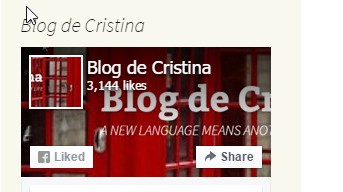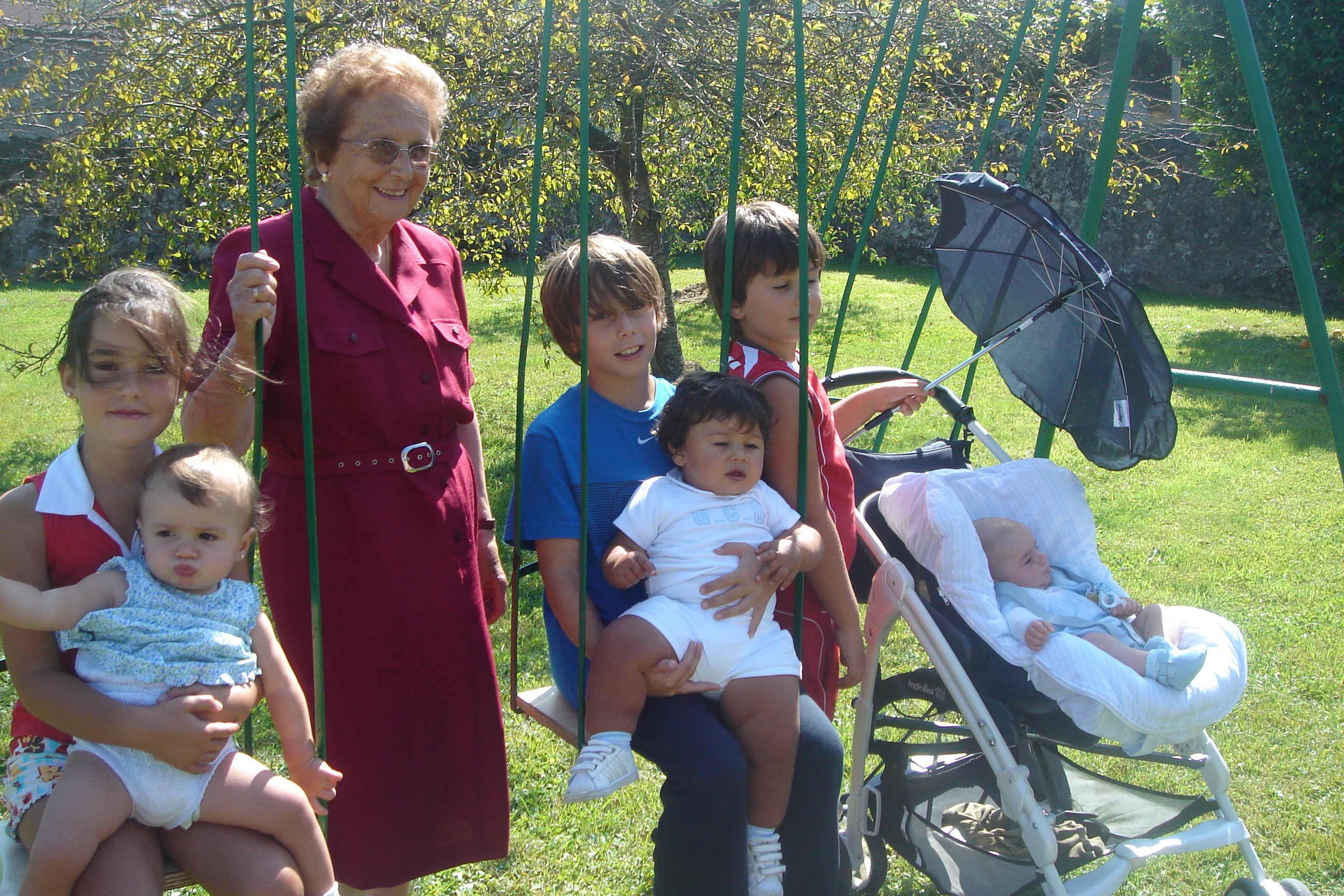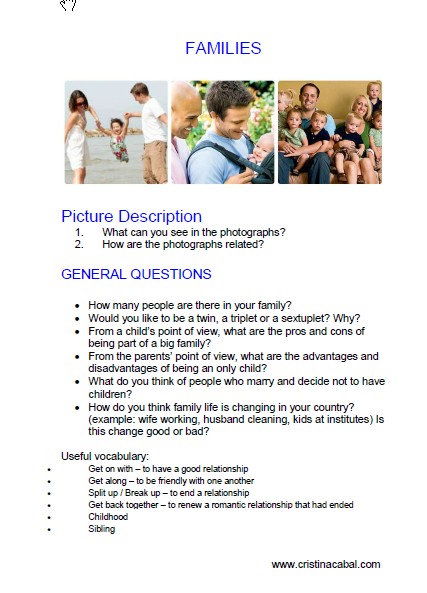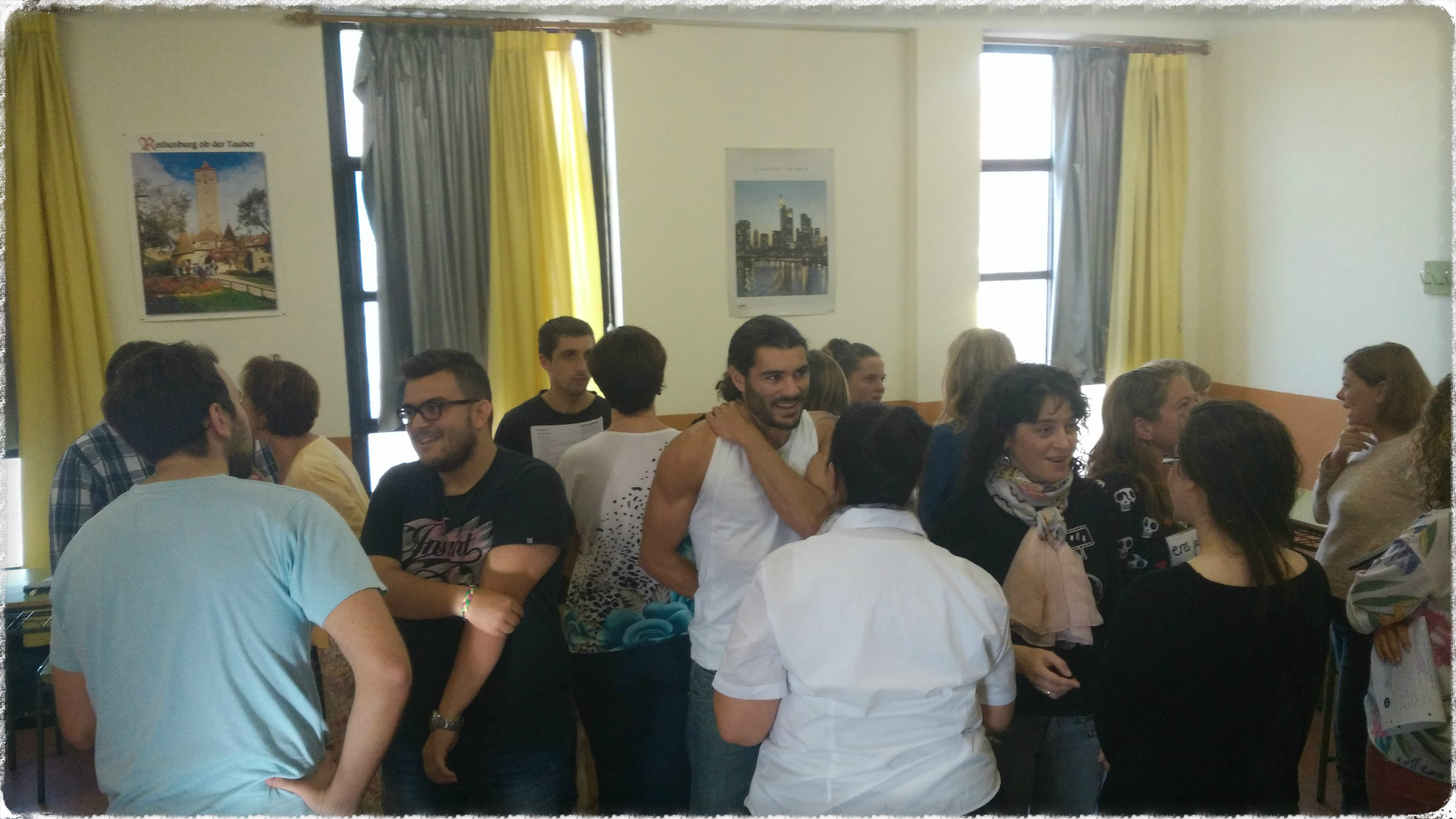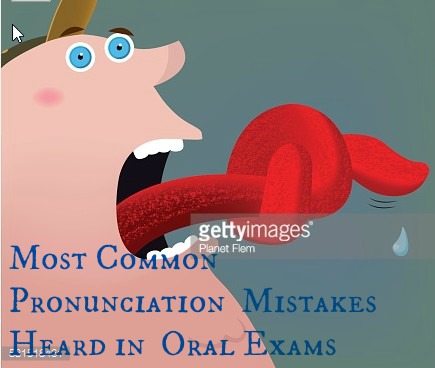This lesson has been designed as a next-day revision activity for B2 (Intermediate +) students.
Aim: to consolidate the use of Past Simple, Used to and Would for past habits and routines.
Level: B2 (Intermediate+)
In this lesson you will find.
- Grammar and exercises
- Speaking: Picture discussion in pairs
- Speaking: an advert from a popular drink comparing past and present
- Writing: a fun writing game
- Speaking: bits of your childhood
STEP 1. Grammar.
The use of these three verb forms to express past habits and routines can be a bit confusing for students, so in this class I am aiming at some revision to clarify concepts. Assuming students have already studied formation rules, the focus is now on use.
PDF with exercises here.
STEP 2.Picture description. Speaking.
Display the picture of a family in the past and ask students, in pairs, to discuss the differences they can see and the differences they can guess exist between the family shown in the picture and their own family. Encourage students to use the targeted grammar.
Get feedback
STEP3. The video. Speaking.
- Tell students they are going to watch a video. Explain there will be no comprehension questions as there is no dialogue.
- Ask students to give you a brief description of what they have seen.
- Explain that the advert is called “Grandpa” and it tries to show that the lifestyle enjoyed by our grandparents — moving more, eating well, taking it easy — can be beneficial.
- Students will see the video twice more and their task is to write down any differences they can see between the man today and his grandfather.
- Once students have completed this task, ask them to work in pairs commenting on the differences they have seen in the video encouraging them,once again,to use the targeted grammar point: the use of simple past, would and used to to talk about past habits and routines.
- Encourage discussion of the following points
- healthy eating
- stress
- working conditions
- means of transport
- relationships
- habits
STEP 4. Writing game: I have retired
Target language: Used To, Would and Simple Past Tense to describe past habits, states and routines
Preparation: none
Procedure:
Set the context: tell students they have to imagine they are 70 and retired. They are happier in retirement than when they were working but there are some things that they still miss.
Students, in pairs or in threes, choose the job they used to have.
Students will need to produce four sentences using the targeted language, giving clues for the other groups to guess their job.
- sentences can be positive or negative
- the first sentence will contain the clue most difficult to guess
- the last sentence will contain the easiest clue
- The first sentence will be awarded 4 points and the last one 1 point
Each group will name a spokesperson who will read out the clues. It’s important, at this stage, to ask students to speak up and clearly. Some rules:
- The spokesperson will read the first sentence and the other groups will raise a hand if they think they know the answer.
- Only one guess is allowed for each clue
- If the answer is correct, they will be awarded the four points, if it is not, the second clue will be read for three points.
Example
- 4 points. I would work with a lot of people
- 3 points. I worked after “work”, mainly at home.
- 2 points. I used my voice a lot
- 1 point. I used to work with children
How many clues did you need to hear?? Yes, the answer is TEACHER
STEP 5. Bits of your childhood. Speaking in small groups.
Ask students to think about their life at the age of 10.
Give students a list of things they might want to talk about.
Ask students to think about what they will say and the language they will need. Allow some minutes for preparation.
- Where did you use to live?
- Did your life use to be very different to how it is now?
- Where did you use to go to school? Do you remember any of your teachers? Did you have any favourite teachers?
- Did you use to get good marks? Did you have a favourite subject?
- What did you use to do after school?
- Where did you use to play? Do you remember who your friends were? Did you have a best friend?
- Can you remember your favourite game?
- At lunchtime, did you use to like the food? Did you use to eat with your parents?
- What was your greatest wish? Can you remember?
Did you enjoy the lesson? Don’t miss any posts and follow me on facebook

